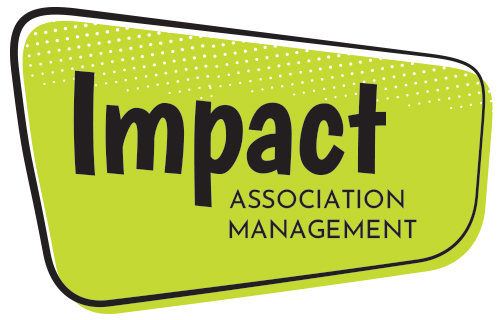December 9, 2019, Madison, Wisconsin –Impact Association Management (Impact) is ecstatic to announce the signing of the National Association of Travel Healthcare Organizations (NATHO) as their newest client.
“After meeting with Abigail and learning more about the National Association of Travel Healthcare Organizations, I was eager to bring them on board! They are open to ideas and innovation which is something that we love to see in new clients. I think it is going to be a great fit and I can’t wait to see how much their Executive Administrators, Kristen and Jenna are able to do for them,” adds Jodi Fisher, CEO, Impact Association Management
About the National Association of Travel Healthcare Organizations
The National Association of Travel Healthcare Organizations is a non-profit made up of travel healthcare organizations and associate members in the industry. The organization was founded in 2008 in order to promote ethical business practices in the industry and to set a gold standard for conduct. Members have the benefit of attending educational webinars as well as the annual conference. They also have access to members-only resources and the option to talk with the NATHO arbitration committee to solve work-related issues. The association is always evolving and growing to better serve its members.
Contact:
Abigail Tremble
abigail.tremble@randstadusa.com
www.natho.org
About Impact Association Management
Impact Association Management was founded in 2006 by Jodi Fisher, and since then they have successfully supported many Associations in growing and increasing profits and memberships. Now expanded into a robust team, Impact consists of Social Media experts, Non-Profit Administrators and Executive Administrative Assistants with impressive backgrounds in Association support, small business operations and international corporations. Their mission is to provide customized, efficient, and forward-thinking association management services to small and medium sized Associations with a highly skilled, dedicated team of Executive Administrators.
Contact:
Impact Association Management
608.210.3120
www.ImpactAMC.com




